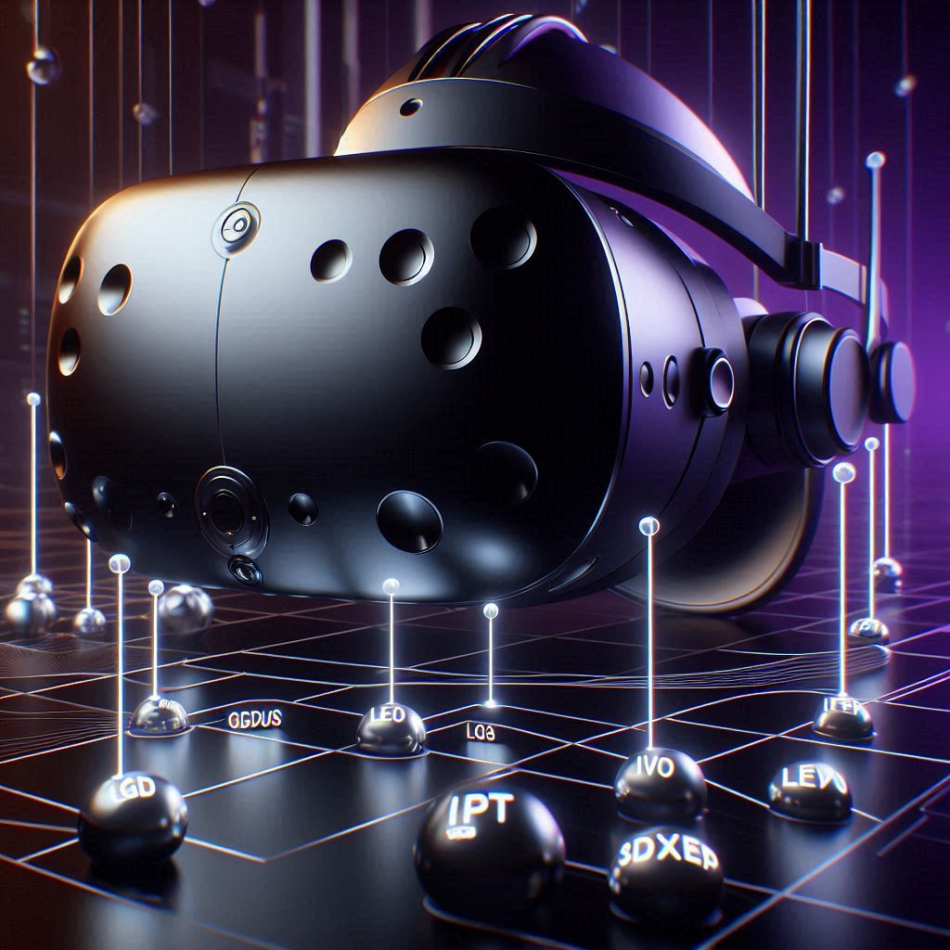In the rapidly evolving landscape of virtual reality (VR), augmented reality (AR), and mixed reality (XR), seamless integration of existing tools is paramount for service providers looking to enhance their offerings without overhauling established workflows. As the demand for sophisticated VR solutions continues to grow, companies are faced with the challenge of merging various Computer-Aided Design (CAD) systems, VR platforms, and 3D modeling tools into a cohesive workflow. In this blog, we will explore the integration challenges faced by VR service providers and how solutions from Unreal Engine, Unity, and SimLab can streamline processes.
The Challenge of Integration
Integrating multiple CAD, VR, and 3D tools can be a daunting task. Service providers often grapple with the following challenges:
- Workflow Disruption: Introducing new tools or software often leads to a complete overhaul of existing workflows, which can be time-consuming and costly. Teams accustomed to certain tools may find it difficult to adapt to new processes.
- Compatibility Issues: Not all CAD and VR tools are created equal. Compatibility issues between different platforms can lead to data loss, inaccuracies in models, and ultimately, project delays.
- Learning Curve: Teams may need extensive training to become proficient in new software, diverting time and resources away from actual project development.

Solutions for Seamless Integration:
Fortunately, several solutions are available to address these integration challenges, helping VR service providers maintain efficient workflows:
- SimLab’s Support for Major CAD Programs and VR Hardware:
SimLab offers seamless integration with various CAD programs and VR hardware, allowing service providers to use their preferred tools without major changes to their workflows. Users can effortlessly import, export, and manage 3D assets across multiple platforms, ensuring the fidelity of the original models is preserved. Additionally, the no-code SimLab solution works across different VR devices without requiring extensive extra development for each hardware, thus saving significant development time and reducing trial and error for each VR headset. This makes it a highly efficient, versatile, and faster-to-learn tool for various industries. - Unity’s Toolkits for Developers:
Unity offers a wealth of tools and resources tailored for developers, making it easier to integrate different systems. With its flexible architecture, developers can create custom solutions that bridge the gap between CAD tools and VR applications. Unity’s Asset Store also provides a range of plugins and assets that can simplify integration tasks, reducing the need for extensive coding and allowing teams to focus on creative aspects of development. - Unreal Engine’s Blueprint System:
Unreal Engine’s Blueprint visual scripting system enables developers to design and implement interactions without needing to write code. This feature is particularly beneficial for teams that may not have a strong programming background but are familiar with their existing tools. By allowing for quick prototyping and iterative development, Blueprints streamline the integration of various assets and workflows, making it easier to create immersive VR experiences without losing time on integration hurdles.
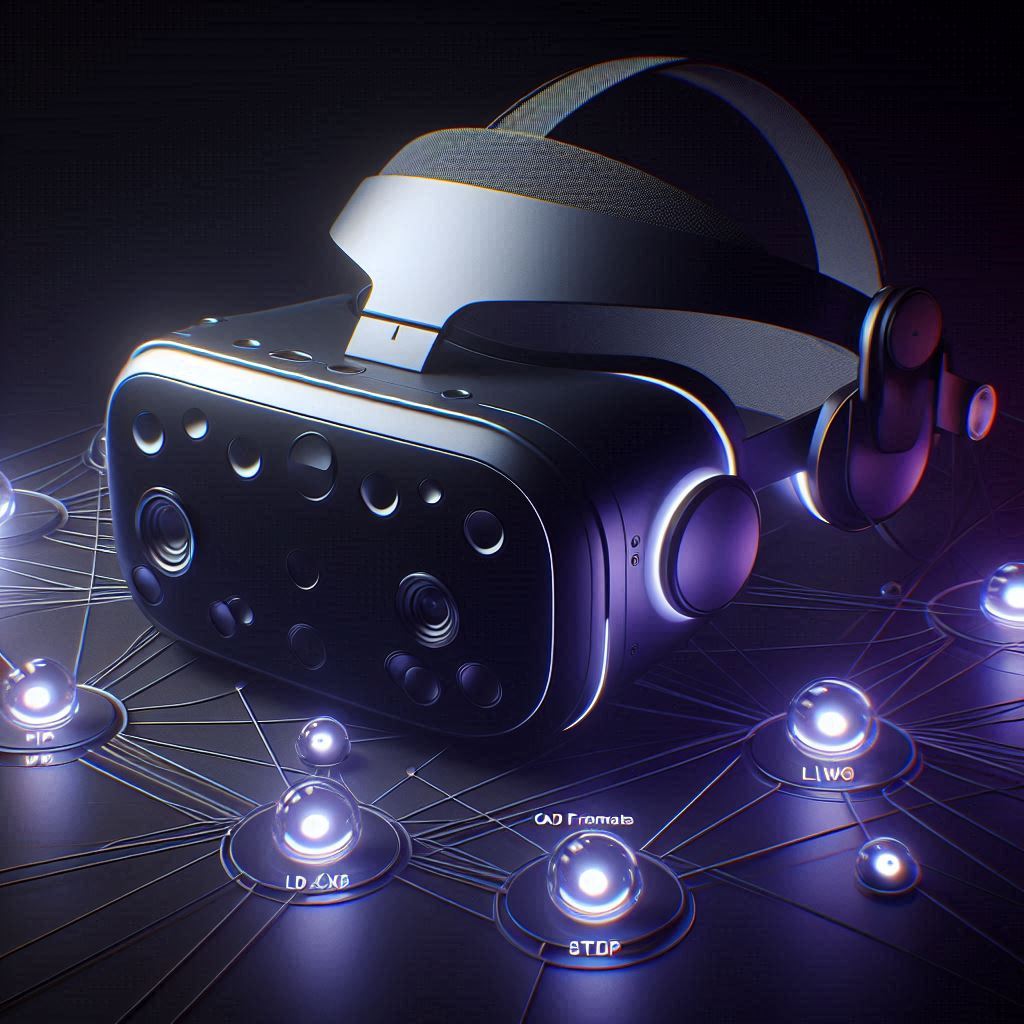
Conclusion
For VR service providers, the ability to integrate existing tools seamlessly is critical for maintaining a competitive eFor VR service providers, seamless integration of existing tools is crucial for maintaining efficiency and staying competitive. SimLab’s no-code platform enables effortless integration with major CAD programs and VR hardware, allowing teams to preserve their workflows while avoiding time-consuming development and troubleshooting for different VR devices. Unity provides flexible toolkits for developers to bridge the gap between systems, and Unreal Engine’s Blueprint system simplifies development for non-coders. By adopting these solutions, service providers can streamline workflows, reduce project timelines, and deliver high-quality VR experiences in an increasingly complex industry.
References
-
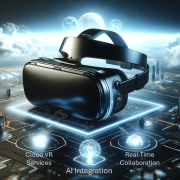
1 What’s Next for VR Providers? Future Trends and Innovations
-

2 Scaling VR Solutions for Large and Small Companies: A Strategic Approach
-

3 Talent Retention and High Turnover: Building Sustainable Teams in the VR Industry
-
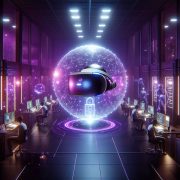
4 Security Concerns in VR: Safeguarding Data and Intellectual Property
-
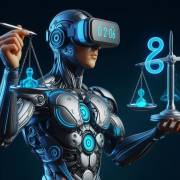
5 Content Creation Struggles: Balancing Quality and Time in VR/AR Projects
-
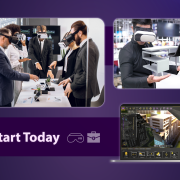
6 Unleashing Your VR business with SimLab VR Platform

